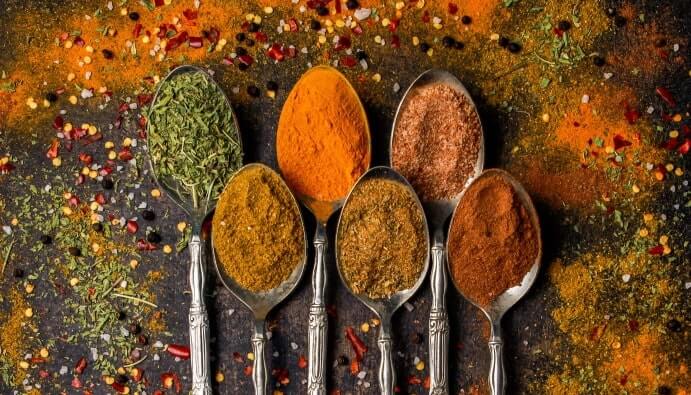
BLOG
KATEGORİDEKİ DİĞER YAZILAR

Sudan dye is a group of petroleum-derived chemical dyes and is often used in industrial products such as plastics, leather and rubber. Although these dyes have strong coloring properties, they are prohibited for use in food due to their toxic and carcinogenic effects. Nevertheless, some manufacturers illegally use Sudan dye in spices and some food products.
Sudan dyes are divided into four main types:
Sudan dyes are widely used in: leather and textile dyes, plastic and rubber products, oil-based paints and inks. These dyes are preferred in industry due to their durable nature. However, their use in food and cosmetics is strictly prohibited.
The use of Sudan dyes in food carries serious health risks:
For these reasons, the Turkish Food Codex and food safety authorities around the world have banned the use of Sudan dyes in foods.
Sudan dye is used to cheat, especially in products such as spices (paprika, chili powder). Manufacturers can use these dyes to make the color of products look more vibrant and attractive. It can also be used illegally in products such as oils and sauces.
Further laboratory analysis is required for the detection of Sudan dyes. Commonly used methods:
Nanolab Laboratories Group continues to provide services within the scope of Analysis of Sudan Dyes in Foods. We also provide services on Frauds in Meat Mixtures.
Contact us for more information.
You can follow us on LinkedIn for up-to-date news and posts about our services.
Follow our Instagram account to be informed about our latest blog posts.